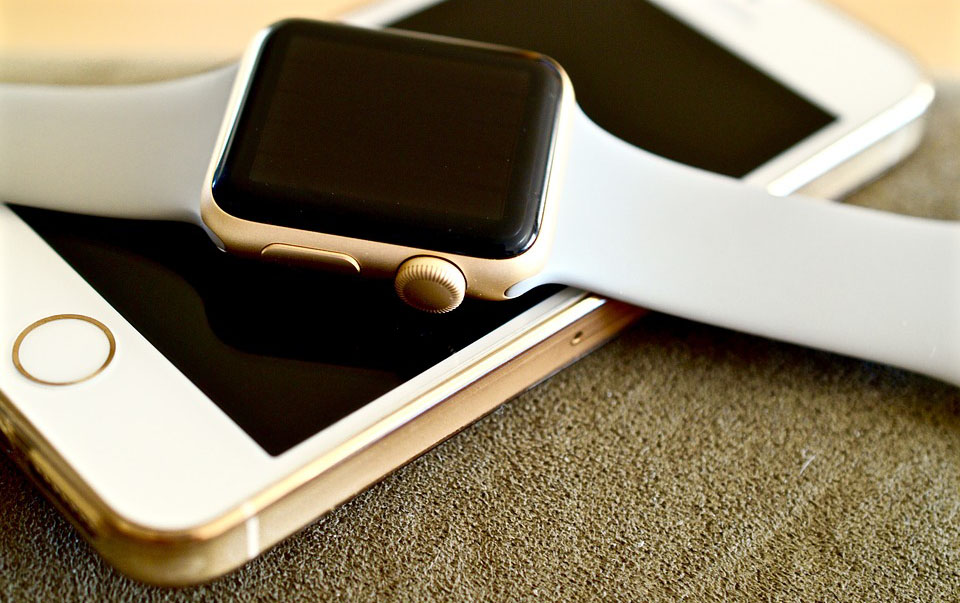Wearables encourage insureds to become accountable, producing healthier clients--but also concerns on privacy and reliability.
Wearables and fitness-tracking technology have witnessed rapid growth in recent times. International Data Corp. reports that one in every five people in the U.S owns a wearable fitness device. It also estimates that annual shipments will exceed 250 million devices by 2021.
Given the ability of technology to provide critical data, the wearables revolution continues to spark interest in the insurance industry. Data collected from wearable devices can provide critical health and fitness information. This information is vital to the development of interactive life insurance policies that track fitness and health data through wearable devices and smartphones. The technology hence holds the key between insurance firms and technology-savvy clients who value a modern, updated experience and digital engagement.
Industry giant John Hancock recently announced that it would begin selling interactive policies. They’ll require new life insurance policyholders to use activity trackers and share their fitness data. Insureds will, in turn, enjoy discounted premiums and other benefits.
Benefits and Opportunities
Wearable and fitness technology can be advantageous to both insurers and their customers. Wearables encourage insureds to become accountable for their health and fitness, and insurance companies stand to gain healthy clients with longer lifespans.
Most life insurance policyholders pay their premiums for an average of 20 years. With the adoption and use of the trackers, they will be able to lead healthier and longer lives. Lower mortality means higher insurer profits.
See also: Wearable Technology: Benefits for Insurers
Wearables also provide companies with a simplified way of collecting underwriting information. The data simplifies the risk-assessment process by offering metrics that would have taken longer to obtain through a full medical test. The data collected also acts as an additional source of information for product development.
In addition to discounts on premiums, clients are also given the tools to boost their quality of life and well-being. Wearable devices can help detect conditions such as heart disease and high blood pressure and help insureds get treatment before things get worse.. The technology can also be used to detect a client’s unhealthy lifestyle habits, such as smoking and excessive drinking. With lifestyle conditions becoming prevalent, wearable devices will go a long way in promoting a healthy lifestyle.
Risks and Challenges
The rapid growth of wearables and fitness devices comes with the risk of infringing on privacy. The insurer has access to very private information whenever the customer is wearing a device. The ever- present risk of the information leaking to other parties is also high.
See also: Workplace Wearables: New Use of Big Data
Another challenge is the reliability of the data collected, as the devices may not always report accurate information to the insurer. For example, devices may be tailored to indicate the motion patterns like walking or running and may not be able to record other activities such as cycling. The elderly may also be victimized by errors, as their exercise regimes may be less demanding.
A Force to Be Reckoned With
While there are various data safety and accuracy concerns with wearables, they can be overcome with proper protocol. Insurers have always dealt with sensitive information and will need to continue to handle such data with care. As for inaccurate heart-rate and other readings, studies show that fitness data is evened out over time. For example, a wearable device may not provide an accurate reading of the user’s heart rate during fast-paced or high-intensity exercises, but it can provide a comparable average over the period of the workout.
The use of wearables and fitness devices as data collection tools in the insurance technology sector is increasingly gaining popularity. Their role in shaping industry trends can no longer be understated. As software and reliability keep improving, insurance companies will further embrace wearables as the future.

